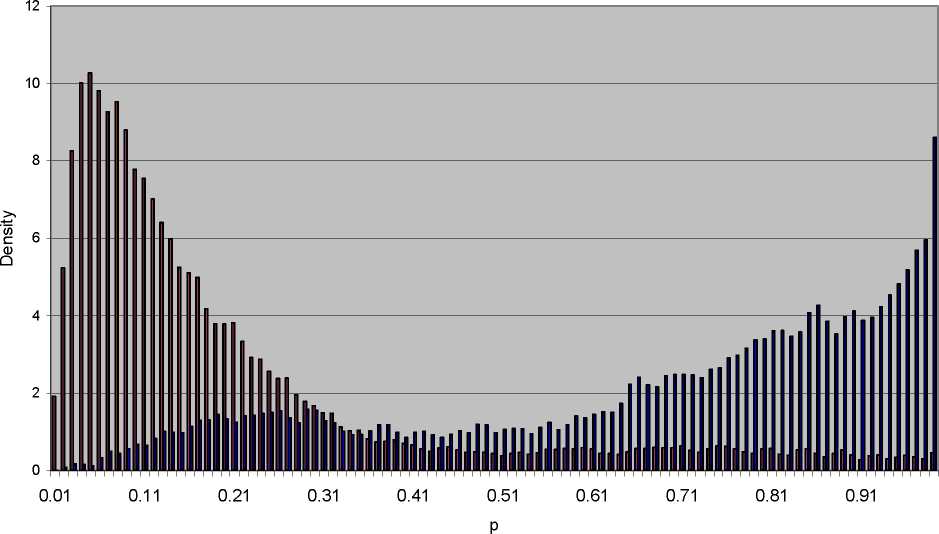Table 6 Treatment effects of legalization
|
Parametera |
Parametricb Method______ |
Polynomial Method________ |
Nonparametric Method I_____ |
Nonparametric Method II_____ |
|
ATET |
0.1043 |
0.2385 |
0.2635 |
0.2538 |
|
ATEU |
0.1002 |
0.1784 |
0.1459 |
0.1616 |
|
ATE |
0.1020 |
0.2069 |
0.1978 |
0.2031 |
|
Sorting gain |
____________0.0023 |
__________0.0316 |
________0.0657 |
________0.0507 |
aA test for essential heterogeneity in the treatment effects yielded an F-statistic (p value) of 18.19 (0.0000),
indicating self-selection arising from heterogeneous and unobserved gains for individuals in the sample (See
Heckman, Urzua and Vytlacil, 2006). bThe extent of selection bias is gauged with a comparison of the OLS and
parametric model results: selection bias = OLS-ATET= 0.0359-0.1043= -0.0684. It shows that the OLS estimate of
the average effect of legalization on earnings is downward biased, indicating a 3.6% average earnings gain relative
to the 10% average gain suggested by the ATET estimate in the parametric method. The overall bias (OLS-ATE) is
-0.0661.
□ Untreated (D=0) □ Treated (D=1)

Figure 1 Frequency of propensity score by legal status
26
More intriguing information
1. AMINO ACIDS SEQUENCE ANALYSIS ON COLLAGEN2. Comparison of Optimal Control Solutions in a Labor Market Model
3. PRIORITIES IN THE CHANGING WORLD OF AGRICULTURE
4. Transport system as an element of sustainable economic growth in the tourist region
5. Julkinen T&K-rahoitus ja sen vaikutus yrityksiin - Analyysi metalli- ja elektroniikkateollisuudesta
6. Public infrastructure capital, scale economies and returns to variety
7. An Incentive System for Salmonella Control in the Pork Supply Chain
8. Innovation Policy and the Economy, Volume 11
9. The name is absent
10. AN EXPLORATION OF THE NEED FOR AND COST OF SELECTED TRADE FACILITATION MEASURES IN ASIA AND THE PACIFIC IN THE CONTEXT OF THE WTO NEGOTIATIONS